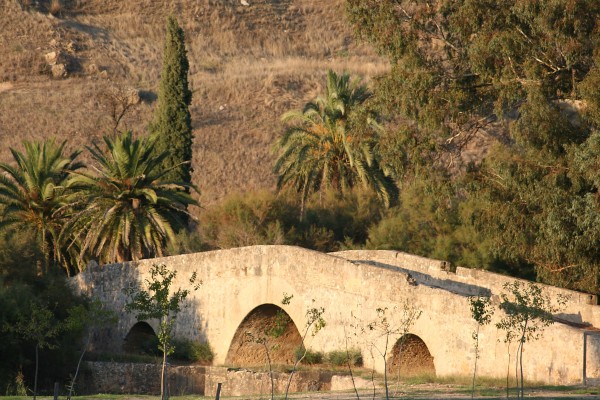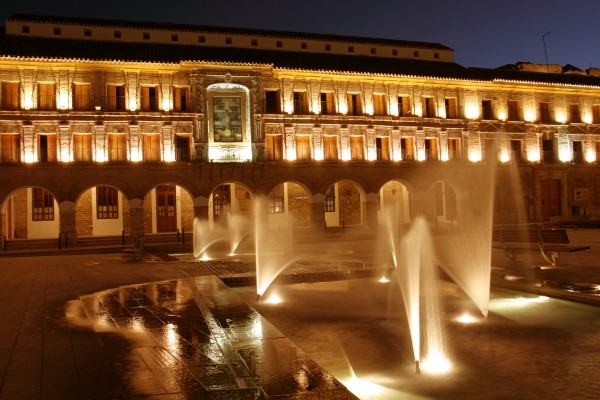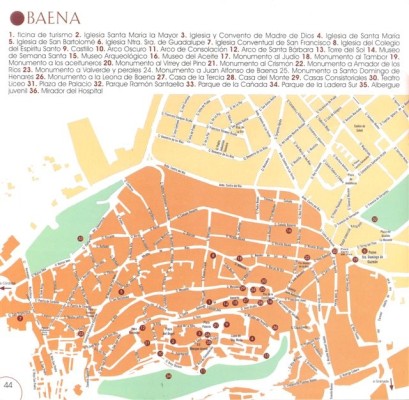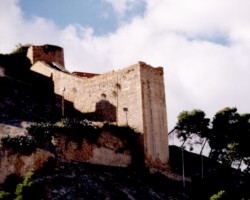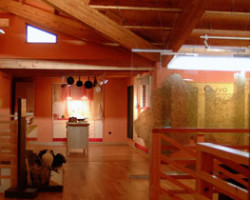Baena is a typical example of the villages of the Campiña. Baena is a typical example of the villages of the Campiña [flat rural croplands]: arriving from Córdoba, slopes covered with olive trees gradually move aside to leave the whitewashed walls of the village in plain view, rising in staggered levels at the foot of a hill. The main parish church of Santa María, which overlooks the entire town, provides a Christian air to the old Moorish medina and its Baroque belltower stands as the spiritual beacon of this locality. The town, which can trace its roots back to the Iberian period, vibrates to the sound of two thousand drums during the Holy Week celebrations.
- This town is located in the southeast of the Province of Córdoba, next to the C-432 road.
- Distance from Córdoba: 62 km.
- Altitude: 407 m.
- Surface area: 363.3 km2.
- Population: 20.507.
- Term used to designate inhabitants: Baenenses.
- Region: Guadajoz – Campiña Este.
Baena stands close to the site of the Iberian settlement of Iponuba, which was located on the nearby Cerro del Minguillar [a hill]. The settlement was sacked by the Visigoths, and the inhabitants relocated to an old Roman town, which, in the 8th century, was occupied by the Moors, who fortified the town and gave it the name of Bayyana. In 1241 was conquered by Ferdinand III, via agreement, in 1241. In 1394 Baena became the estate of Diego Fernández de Córdoba, Count of Cabra, member of a house that in 1520 came to hold the Dukedom of Sessa as a result of the marriage between Luis Fernández de Córdoba and Elvira Fernández de Córdoba, the Duchess of Sessa.


